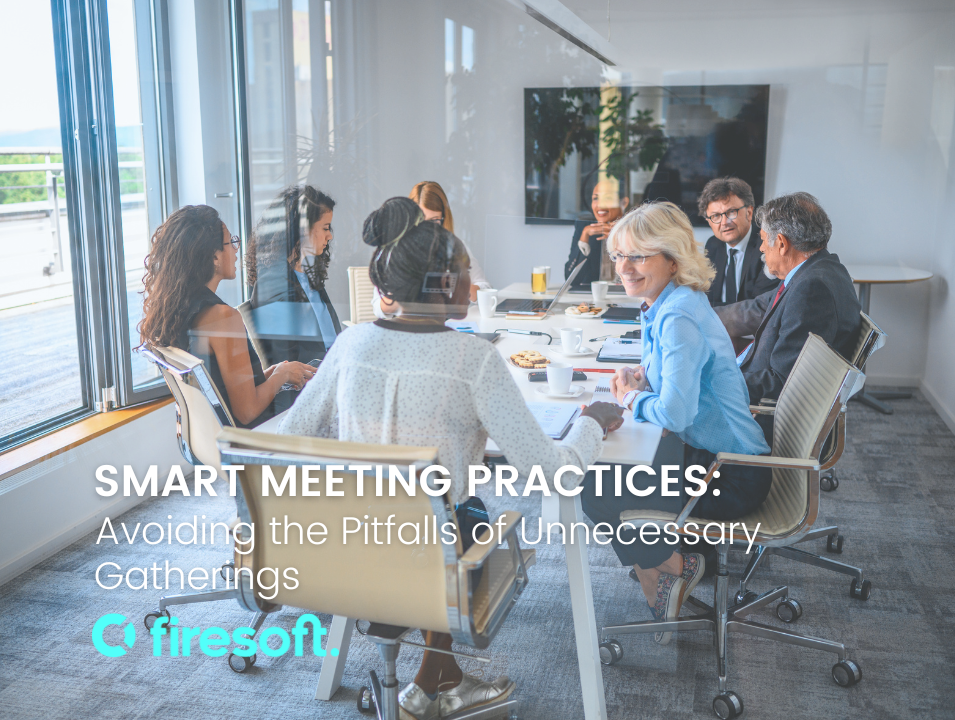From Stress to Success: The Path to Well-Being through Engagement

Did you know that nearly half of the workforce worldwide is locked in a never-ending battle with stress? According to the latest scoop from Gallup, employee stress levels have been steadily climbing for the past decade, reaching the alarming heights we're witnessing today. But here's where things get interesting – there's a glimmer of hope shining through this stress storm. Gallup's research has uncovered a remarkable revelation: engaged employees are way less likely to be caught in the stress trap compared to their less engaged peers. And that's a game-changer because it suggests there's something leaders and organisations can actively do to ease the stress burden.
In Gallup's "State of the Global Workplace 2023 Report," we learn that a whopping 47% of Aussies have been wrestling with high stress levels in the workplace. Stress has become an unwelcome tagalong in our modern lives, thanks to the relentless demands of work and personal life, all while we're bombarded by a never-ending stream of news and societal pressures. Sometimes, it feels like it's all closing in on us. But guess what? Stress is a natural human response, one that pushes us to take on life's challenges head-on. We all feel it to some extent. The real magic lies in how we deal with it, which can have a profound impact on our overall well-being.
While we can't make stress vanish into thin air, our perception of it and how we handle it can make a world of difference in our mental health and quality of life. Gallup's discovery that engaged employees are less stressed also suggests that engaged folks know how to deal with life's curveballs more effectively.
Engaged employees have something special going for them – strong support networks, meaningful social connections, and access to resources that empower them to tackle life's hurdles with gusto. They find joy in their work, see meaning in their roles, and feel a deep sense of purpose. As a result, they're less likely to suffer from stress-related symptoms like burnout or emotional exhaustion.
But here's the real eye-opener: when employees are not just engaged at work but also thriving in their well-being, stress levels take a nosedive, according to Gallup's research. So, what's the takeaway for organisations? It's a golden opportunity to slash employee stress levels by focusing on engagement and well-being, especially for women and younger employees who often report higher stress levels. Younger employees might need that extra helping hand, given their limited experience in managing stress.
Stress might be an inevitable part of life, but companies can actively dial it down in the workplace. Organisations that make engagement a priority play a pivotal role in helping employees handle stress, build resilience, and boost their overall well-being.
Here are a few ways managers can support their employees and increase engagement:
Keep the Conversations Flowing
One of the most impactful habits for managers is to engage in weekly meaningful conversations with their employees. These discussions involve helping employees with task management, showing empathy and support for personal challenges, and fostering open communication about difficulties and potential solutions within the team.
Make the Most of In-Person Days
For those on the hybrid work schedule, plan your days in the office for connection, collaboration, and creative endeavours.
Lead by Example
Managers should not just talk the talk about managing stress effectively but walk the walk. If a manager isn't engaged or is crumbling under workplace stress, their team is likely to follow suit. Just like employees, managers should seek support when they're feeling disengaged or stressed to keep it from spreading.
Recognition and Appreciation
Recognise and appreciate employees for their hard work and contributions. Acknowledge their achievements publicly and privately, and give specific feedback on what they did well. It’s important to document recognition, especially for big achievements or milestones that the employee has attained.
Practice Work-Life Balance
Encourage a healthy work-life balance. Be understanding of personal needs and allow flexibility when possible. Managers should lead by example to promote well-being initiatives within the workplace.
Engaged employees are living the high life – they're riding on a wave of psychological well-being, basking in positive emotions, radiating optimism, and wielding a shield of resilience when life throws curveballs. This emotional resilience acts as a stress-repelling force field, helping employees face the demands of their work head-on. Organisations that invest in their employees' engagement through policies, initiatives, and manager development aren't just creating happier and more engaged teams; they're also building a workforce that's tougher in the face of stress.
Are you ready to embark on an exciting journey with a team that values not only your career growth but also your personal development? Take a moment to explore our opportunities at https://www.firesoftpeople.com/jobs and discover how you can be part of something special.
Other suggested reads for you


